|
I gate-crashed an interview which Sue Pearl was giving to one of her students recently. Hannah Lithgow, the keen student, was studying for her A levels including A level Art, along with Biology and Geography. As part of this, Hannah's doing an EPQ (Extended Project Qualification) in Dyeing with Flower Pigments on Silk. She was looking at how effective certain methods of mordanting are, amongst other nuances of technique, and had some hypotheses to test with Sue, the seasoned expert in this field. The conversation was fascinating. I was listening in to an eager young mind, wanting to push the boundaries of eco-dyeing techniques, experimenting with both new and traditional ways of doing things. Sue Pearl explained to Hannah that she has personally developed a specific and unique eco-dyeing system for herself, through experimentation. She had been trying out a lot of natural plant dyeing methods over many years and found some results gave her muddy colours and poor resolution effects. Sue wanted better. After all, she has done a Weaving Spinning and Dyeing two year HND (Higher National Diploma) on top of her distinguished MA in Applied Art and Visual Culture, so good colour was a must. Sue was still getting mixed results however from some of the traditional techniques that she was learning. Then she met an inspiration - India Flint, who Sue fondly describes as the ‘doyenne of natural dyeing’ who specialises in leaf printing and botanical alchemy and affectionately calls herself on her website a ‘leaf poet’. Sue and Hannah started getting into the nitty gritty of eco-dyeing techniques. Sue said “pre-mordant can be a bit of a game. You can’t really pre-mordant delicate wool fibre as it has to be boiled and this ruins the structure of the fabric, it will turn to felt. Pre-mordant and boiling only work well with yarn and fabrics”. Sue also recommended that Hannah looked at another inspiration of hers, Irit Dulman, an Israeli eco dyer who has done a lot of amazing work exploring mordant concentration levels and the impact on background colour.
Sue’s methods that she uses today in her teaching here at Ardington School of Crafts have been developed after much experimentation. She wants a good clear background with strong leaf shapes and intense colours coming through. She explained that there are also methods where you can colour the background of the fabric, creating a completely different look and feel. Hannah asked “what do you think about mordanting silk with soy milk?” Sue replies “It’s interesting. It really intensifies the print. It does change the texture of the silk fabric however, removing some of the softness and sheen of the silk. It sends it more like organza. I have been bringing soy milk to my lessons for students to experiment with so we can try that today”. They continued the conversation and moved onto colour fastness. “Steam does fix the colour really well”, Sue explains. “Once it is dyed, it’s dyed. But you do need to wash items carefully with a gentle non bio soap by hand however to protect the image. You need to fix with a steam iron, but you also have to give the print sufficient time to develop”. Hannah had been experimenting with making her own pigments directly from flower petals, to use almost like a watercolour paint on silk. Sue's view was that this is something to experiment with. In Sue’s experience it has been better to use the acid based silk dyes to achieve a good effect when painting with them, as they are then specially formulated to act more like a watercolour medium. She also suggested that Hannah explored powdered natural dyes, where the processing method itself ensures the best intensity of colour. The student and the teacher started to walk back to the classroom at this point to explore some of these exciting techniques together and spent the rest of the day creating unique eco-dyed scarves and samples. Lifelong learning – what an absolute delight to gate-crash. I am sure you will agree that the results are stunning.
0 Comments
Your comment will be posted after it is approved.
Leave a Reply. |
Blog categories
All
Author:
|
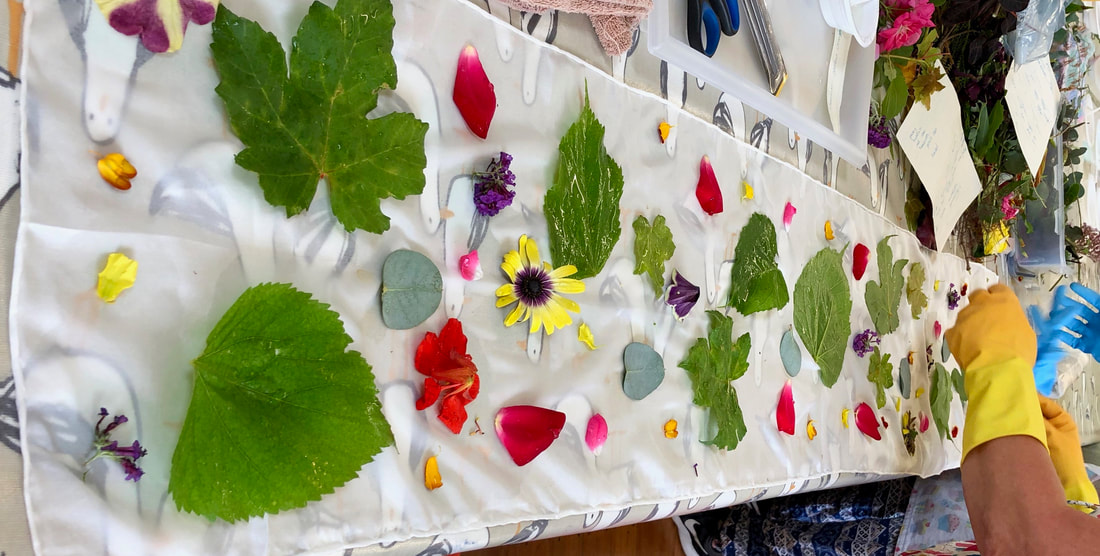
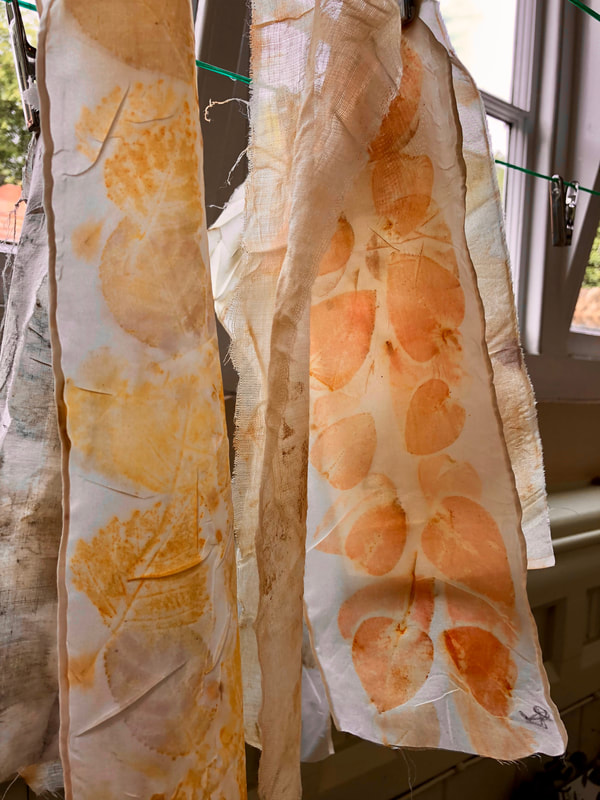
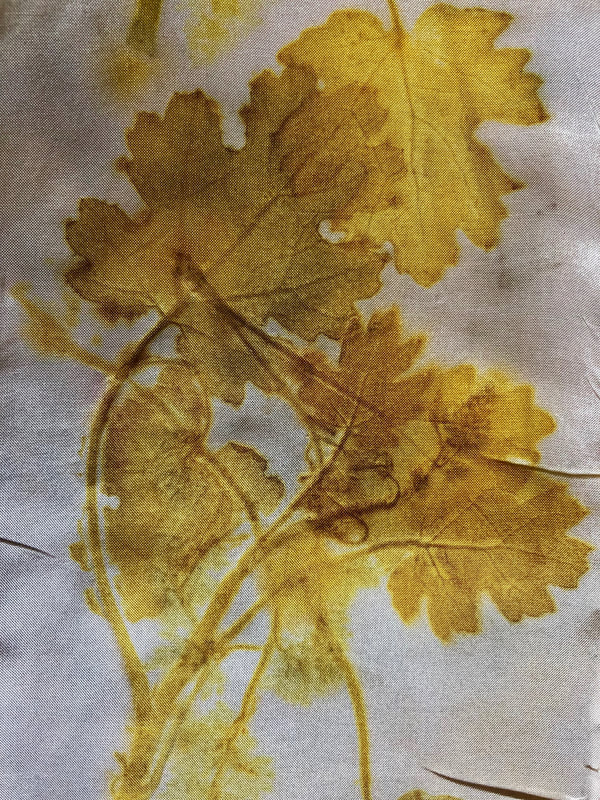
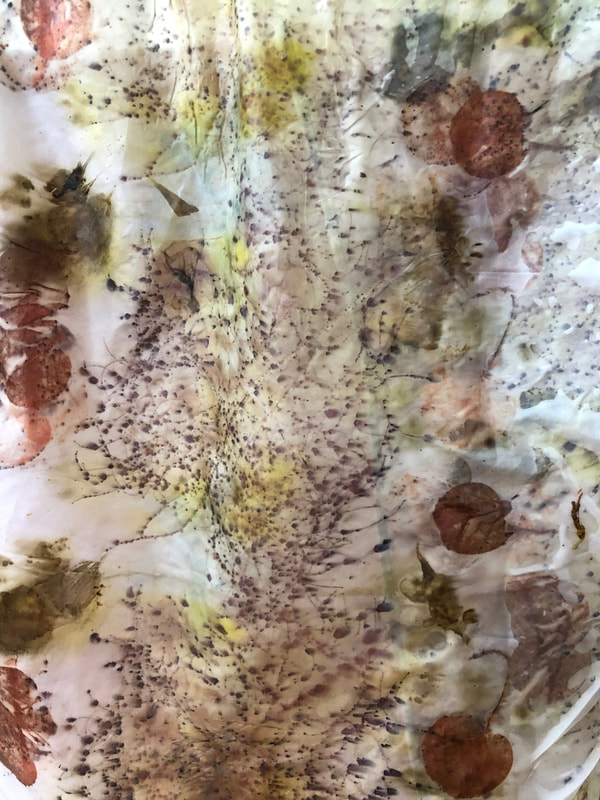
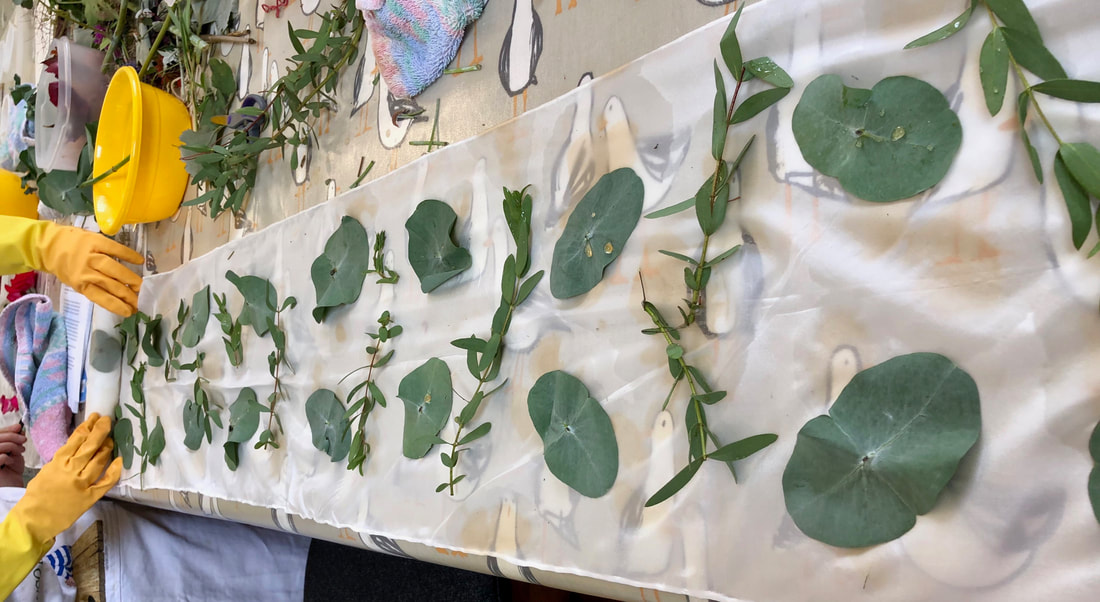
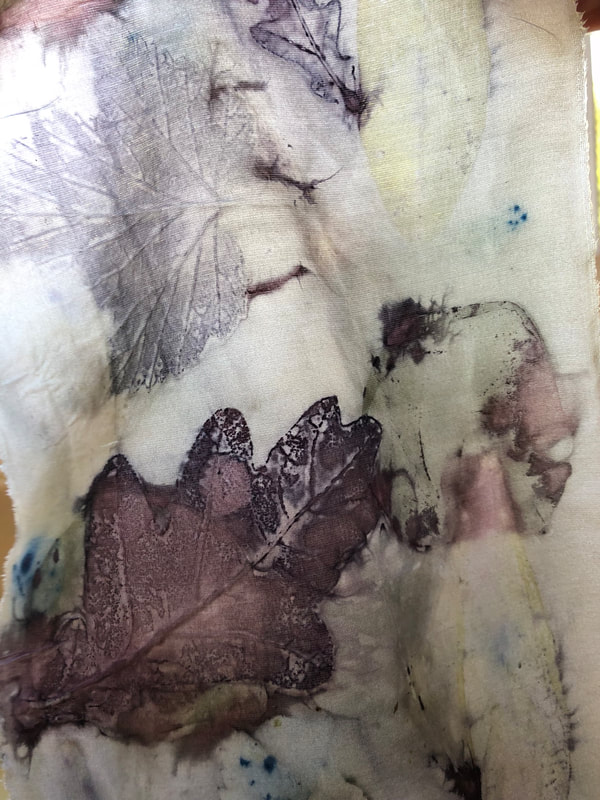
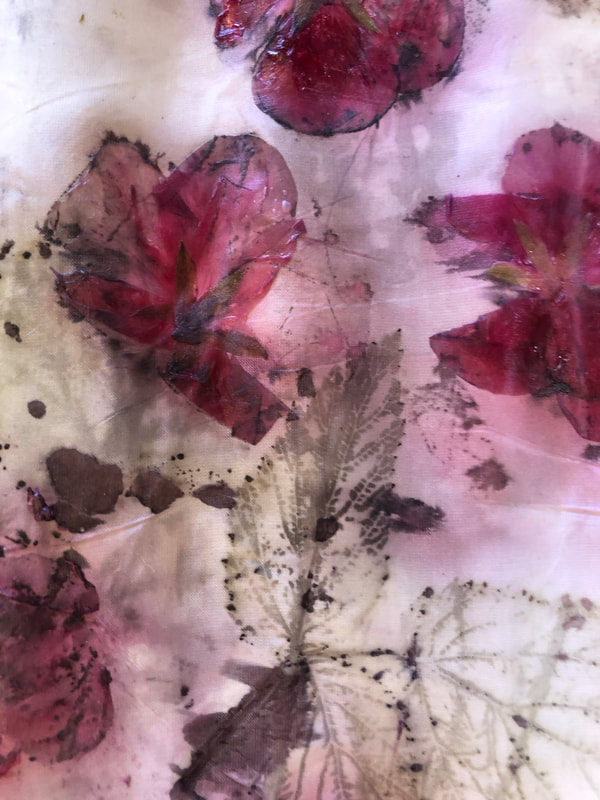
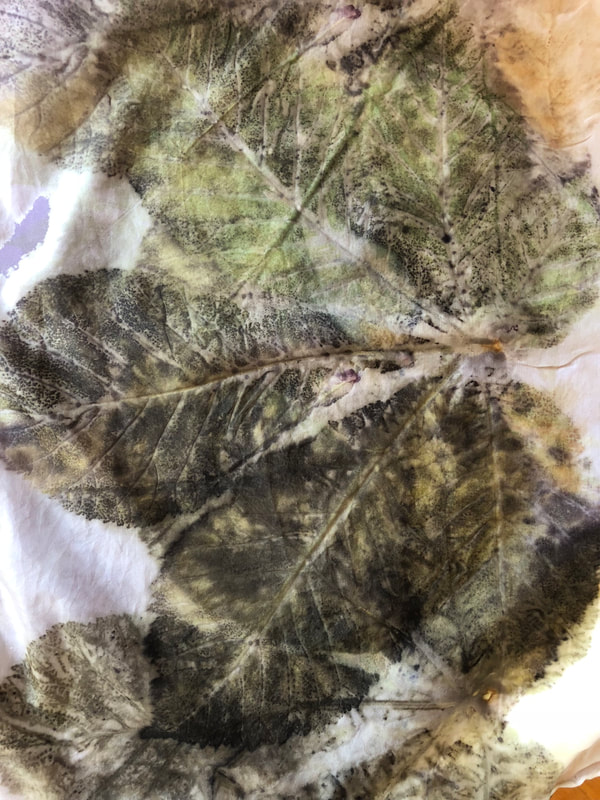
 RSS Feed
RSS Feed